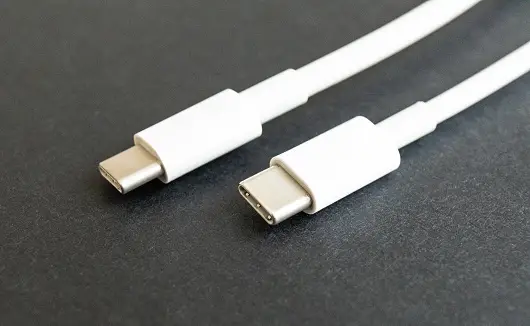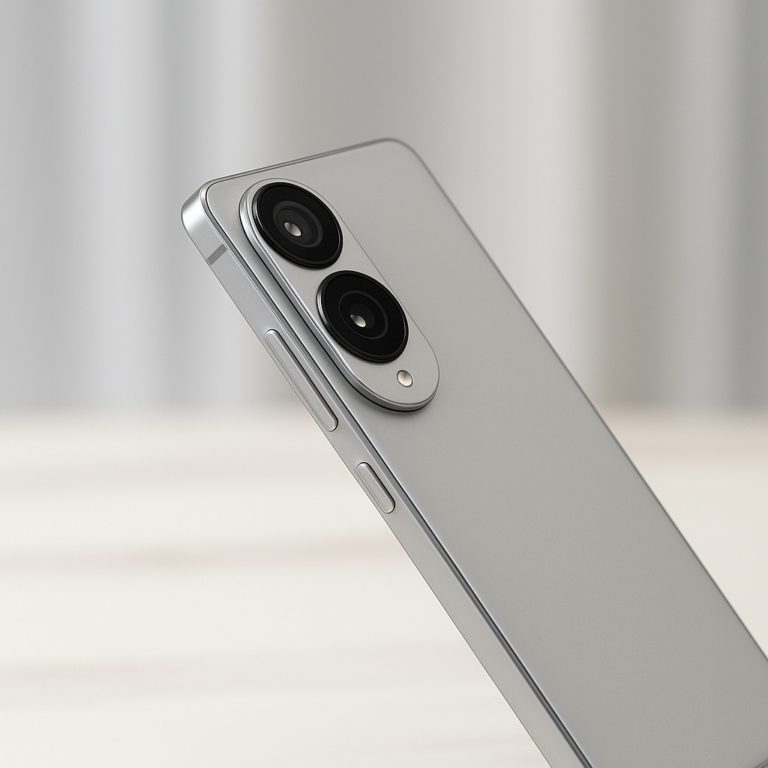In the ever-evolving world of technology, one aspect that often goes unnoticed is the humble port. Yet, it plays a pivotal role in our daily lives, enabling us to charge our devices, transfer data, and connect to a myriad of accessories. Among the various ports that have come and gone, Apple’s Lightning connector stands out as a revolutionary innovation, while USB-C appears poised to be the ultimate port for the future. In this article, we’ll delve into the evolution of these connectors and why USB-C might be the last port we ever need.
Apple’s Lightning Connector: A Game Changer
Introduced in 2012 with the iPhone 5, Apple’s Lightning connector replaced the larger, 30-pin dock connector that had been in use for nearly a decade. This compact, reversible connector marked a significant improvement in terms of design and functionality. Its smaller size allowed for slimmer device designs, and the reversible design eliminated the frustration of trying to insert the cable the wrong way.
One of the standout features of the Lightning connector was its versatility. It could be used for charging, data transfer, and connecting various accessories like headphones, speakers, and even cameras. Apple’s proprietary connector quickly became the industry standard for iOS devices, setting a high bar for competitors to follow.
The USB-C Revolution: A Universal Standard
While the Lightning connector was a game changer for Apple users, the rest of the tech world was moving towards a different direction – USB-C. USB-C, short for Universal Serial Bus Type-C, was developed to provide a universal solution for all devices, regardless of the manufacturer. Its introduction marked the end of proprietary connectors and the beginning of a new era in port technology.
USB-C boasts several advantages over its predecessors. First and foremost, it’s universal, which means you can use the same cable and adapter for a wide range of devices, from smartphones and laptops to tablets and accessories. This universality simplifies our lives by reducing the number of cables and adapters we need to carry around.
Furthermore, USB-C is incredibly versatile, supporting high-speed data transfer, fast charging, and even video output. It can handle a wide range of power levels, making it suitable for everything from charging small gadgets to powering laptops. The reversible design, similar to Apple’s Lightning connector, ensures that you won’t struggle to plug it in correctly.
USB-C: The Last Port You’ll Ever Need?
As USB-C continues to gain widespread adoption across various devices and industries, it’s reasonable to wonder if it might be the last port we ever need. The universality, versatility, and robustness of USB-C make it a strong candidate for becoming the de facto standard for the foreseeable future.
Additionally, USB-C has received continuous support from industry leaders, including Apple, Google, and Microsoft. This collaborative effort reinforces its position as a long-term solution. With major tech giants embracing USB-C, the chances of a new, incompatible port emerging in the near future seem slim.
In conclusion, Apple’s Lightning connector was a groundbreaking innovation in its time, revolutionizing the way we connect and charge our devices. However, USB-C has emerged as a universal standard that offers even greater versatility and convenience. With its widespread adoption and support from industry leaders, USB-C appears to be the last port we’ll ever need. As technology continues to evolve, USB-C is poised to remain at the forefront of port technology, simplifying our lives and ensuring compatibility across a wide range of devices.











